Cuba, Our Mysterious Neighbor: Part III
Editor's Note: And finally, the third and final part of Byron Augustin's account of his and his wife's travels to Cuba in early 2014. We hope you enjoy it as much as we do! If you still have not read Part I and Part II, we encourage you to do so!
****
Oh, Ye of Little Faith!
Shortly after Fidel Castro came to power, he proclaimed Cuba to be an atheist state. More than 400 Catholic parochial schools were closed and large numbers of priests were sent out of the country. Churches became empty caverns on Sundays and children were prohibited from receiving religious education by the church. It is doubtful that large percentages of devout Catholics became atheists overnight as a result of Castro’s proclamation, but the role of the churches in Cuba was greatly diminished. The impact on the past two generations has produced if not a group of atheists, then a significant segment of the population that is ambivalent about religion.
There have been a few events that reflect that a slow change regarding the role of the church in Cuba is improving. The 1992 constitution abolished atheism as the state ideology. Pope John Paul II’s visit in 1998 drew huge crowds and church attendance spiked after his visit. The government has declared the country to be a secular state but also continues to have an open dialogue with church officials.
The Roman Catholic Church in Cuba estimates that 60 to 70 percent of the population is Catholic, but evidence shows that only four to five percent attend masses regularly. We had the opportunity to witness two Catholic masses during our visit, and both were sparsely attended. Many of the churches are nothing short of exceptional, architectural masterpieces. High vaulted ceilings, marble columns, immense pipe organs, exquisite hand-carved hardwood altars and gilded icons will leave you breathless. Visit as many as possible... I am sure you will not be disappointed.
Santeria, a West African and Congo River basin animistic religion is widely practiced, especially among descendants of slaves who arrived in Cuba from the Caribbean islands and Africa. Many are also declared Catholics who mix aspects of the two religions. The Orishas of Santeria are sometimes compared to Catholic Saints, but are far more powerful. Priests and priestesses in training are quite visible in the public where they dress from head to toe in white.
Protestants make up about five percent of those who practice religion in Cuba. Baptists, Pentecostals, and Jehovah’s Witnesses are the most active and their attendance at Sunday services represents a higher percentage of their membership. When we travelled through the smaller, rural towns, we noted several small Protestant mission churches.
The Jewish population has dwindled from more than 10,000 to 12,000 before the revolution to less than 1,500 today. Almost all of the Jewish people live in Havana. We visited a very active synagogue on a Saturday and had the opportunity to talk briefly with some members. They were proud to show photos and a letter from Steven Spielberg, the famous movie director that read as follows. “When I see how much cultural restoration has been performed by you and others, it reminds me again about why I am so proud to be a Jew.”
There is one small mosque in Havana that offers services on Fridays for Muslims. Most attendees are foreigners from Muslim countries who are working in Cuba, as there are few Muslims among the Cuban population. Living in a nation that declared to be atheist at one point apparently is not an attractive choice for followers of Islam.
In a 2012 U.S. State Department report on International Religious Freedom, the document concluded that there were “no reports of societal abuses or discrimination based on religious affiliation, belief, or practice.” It went on to point out that the Cuban government does not officially favor any particular religion or church.
Laid to Rest
I do not consider myself to be strange, but I might be unusual because I love to visit cemeteries. Cemeteries are depositories of history and I have found that there is much to learn by strolling through them. Given my proclivities, I decided that a visit to the Colon Cemetery in Havana was practically required. For one thing, a visit to this cemetery allowed me to enjoy a self-paced walk through one of the few tranquil locations in the large urban center of Havana. Founded in 1876, the Colon Cemetery covers more than 140 acres and has over 800,000 graves with more than a million interments. There is a large chapel on the main avenue that leads into the cemetery from the stunning grand entrance gate. If a family’s economic resources dictate assistance, the chapel provides free burial services.
There are so many examples of special grave markers, mausoleums, and fine marble carvings that I felt I could have spent the entire day peacefully strolling along the paths. Probably the most frequently visited tomb in the cemetery is referred to as La Milagrosa (the Miracle Lady). There are almost always visitors praying at the tomb or placing flowers on or around the site. The tomb marks the final resting place of a woman affectionately called Doña Amelia. Legend dictates that when she died in childbirth her baby was placed at her feet in her coffin. Years later, for whatever reason, her grave was opened and the baby was found in her arms.
Music In Their Veins
I have never encountered a people with such a passionate love and exuberance for music. You can hear music on the streets of Havana 24 hours a day. The music blasts out of clubs, floats out of houses and apartments, and accompanies the taxis that are zipping across the city. Cubanos love jazz, the blues, country, the rhythms of Africa, trova, and just about anything that uses notes. Visitors invariably leave Cuba disappointed that they did not get to experience the music scene in more depth.
We were fortunate to take in a show made up of musicians performing the music of the Grammy Award Winning Buena Vista Social Club that included Amadíto Valdéz, the longtime Club percussionist. He can still put on a show with his “golden sticks.” We became immediate fans of Eric Sanchez, who we saw at a standing room only performance of traditional trova music. For pure passion and electricity, the show on Callejon de Hamel (Hamlet’s Street) in Havana focusing on Afro-Caribe music was unparalleled. The music ripped through my senses and even made me want to “shake my 72 year-old booty”... well, at least for a little while.
Cha-Cha-Cha
As even I found out, where there is music, there is bound to be dance. And in Cuba, salsa rules! Salsa is an infective dance and if you do not know the steps, you will soon wish you did. Fortunately for us, our “People to People” program included an afternoon at a private park, where we were given salsa lessons around a pool with a wonderful group of Cuban dance teachers. All that was followed with a pig roast, cold beer and soft drinks. Now that is cultural interaction!
Dancing in Cuba certainly includes a more refined aspect. Cubans also have a penchant for and a deep appreciation of the art of ballet. Alicia Alonzo, one of the world’s premiere ballerinas, gained international fame for her performances of Giselle. She danced to a sold-out audience at the Metropolitan Opera House in New York City on September 29, 1955. Much or her career work and that of other dancers is on exhibit at the Museum of Dance in Vedado, and a visit is well worth the short time needed to see the displays.
Sports
Sports in Cuba are dominated by baseball (béisbol). It seems as if every Cuban has a favorite team and a favorite player. Practically every young boy dreams of growing up and playing ball in the United States, with role models like current Los Angeles Dodger’s outfielder, Yasiel Puig. Puig fled Cuba illegally and actually was kept in a safe house on Isla Mujeres off of the Yucatan Peninsula for a number of weeks. He is just the latest and most famous example, because in the past, prospective players who wished to play in the United States had to sneak out of the country illegally. Nowadays, the restrictions keeping athletes in Cuba have been eased.
Cuba has an official baseball league with a team representing each province. After a regular season, a series of playoff games determines the national champion. If baseball is in season during your visit, do try to attend a game, as you will soon discover that the Cubans play top-notch baseball. Players representing the 16 official teams are chosen to play in world championship competitions. From 1939 to 2011, Cuban teams played in the Baseball World Cup, which determined the world champions. In 38 competitions, Cuban teams won the Baseball World Cup championship 25 times, while the United States won only four championships. Cuban baseball has long dominated international competition.
Boxing is also very popular in Cuba and very successful. Cubans have also dominated international amateur boxing, winning more gold medals in men’s competition than any other country in the world. One day while we were on a walking tour in Havana, we poked our heads in an open door to look into a gym. We were happily invited in. It turned out that Teófilo Stevenson, the three-time Olympic Heavyweight gold medal winner had trained in that gym. Sometimes it pays to be a little snoopy! You never know what you will find.
While enthusiasm for futbol (soccer) is high in Cuba, it pales when compared to their love of baseball. Children play soccer at school, on empty lots, or in the streets, but baseball fields far outnumber soccer fields. The national soccer team, Lions of the Caribbean, does not roar very loud, having played in only one FIFA World Cup competition in 1938.
Up In Smoke
The words 'cigar' and 'Cuba' are practically synonymous in the minds of almost anyone in the world. In fact, tobacco was grown, rolled into cigars, and smoked by the Native Americans who lived in Cuba long before the arrival of Columbus. In the language of Cuba’s Taino Indians, cohiba was the word used to describe a cigar. Today, Cohiba is one of the most popular brands of cigars in the world.
There are several regions across Cuba where tobacco is grown. However the province of Pinar del Rio on the western end of the island is recognized as the premier region for cigar tobacco, especially for the cigar leaf wrapper whose quality makes or breaks a good cigar. Many of the top factories are located in Havana and tourists can arrange a visit easily during scheduled hours.
Cigar Aficionado has an annual ranking of the world’s best cigars and there are usually multiple Cuban cigars on their Top 25 list. Their latest ranking selected the Montecristo #2 as the Cigar of the Year for 2013. Cigars ranging from good quality to absolutely great are readily available in stores in every part of Cuba. La Casa del Habano, located in the Hotel Havana Libre, is an exquisite emporium dedicated to the display and sale of Cuba’s finest cigars. A stunning display of images dedicated to some of the world’s most famous cigar smokers such as Winston Churchill, Alfred Hitchcock, Groucho Marx, and Che Guevara are worth a visit to the store.
However, one should exercise some caution when buying cigars, even in Cuba. In most major tourist areas, illegal street vendors may approach you offering what they say are the highest quality cigars available. The cigars are quite often wrapped in newspaper pages and seldom are the best quality cigars. These illegal vendors can be persistent and aggressive and may even tell you they are free because you are their friend. Politely ask them to leave you alone, hand them their cigars, and walk away. The best cigars are expensive even in Cuba, and they can be confiscated by United States Customs agents, as it is not legal to bring them into the United States. That said, we know plenty of people who have brought them in with no problems. If you want to bring home Cuban cigars, just know that you are risking losing them if they are discovered in your bags.
A Few Closing Observations
Fifty-five years ago, Fulgencio Batista, a brutal dictator, fled Cuba and Fidel Castro assumed leadership. “The Revolution” is still a part of life in Cuba. Posters, billboards, and TV shows throughout Cuba still remind people of the sacrifices that were made and the sacrifices necessary to continue the struggle. Travelers will be amazed at the adoration the public holds for Fidel and Raul Castro, Che Guevara, and Camilo Cienfuegos. The Museum of the Revolution housed in the former Presidential Palace displays the struggle as Cubans see it. They do not seek or want American support for the society they have created. They are proud of what they have accomplished and they simply ask to be allowed to do it their way.
As I reflected on the Bay of Pigs, the Cuban Missile Crisis, the CIA attempt to assassinate Castro and the embargo, I remarked to our host, “With the historical past between our two nations, we thought you might hate Americans.” He smiled softly and said. “On the contrary, we love Americans. It is your government we have problems with.”
I have thought about that comment many times since our return and have come to the conclusion that is precisely how I have felt when I visited many nations spread across the globe. The governments in some instances were atrocious, but I have almost always enjoyed the people immensely. Do not let politics dictate your travel plans, use common sense in the countries you select, and then go with an open mind. Is it not about time that you met your neighbors in Cuba?
Author’s Note: The contents and opinions expressed in this article are those of the author and not necessarily those of Yucatan Living.
****
Cuba, Our Mysterious Neighbor, Part I
Cuba, Our Mysterious Neighbor, Part II
About Montecristo Cigars (Wikipedia)




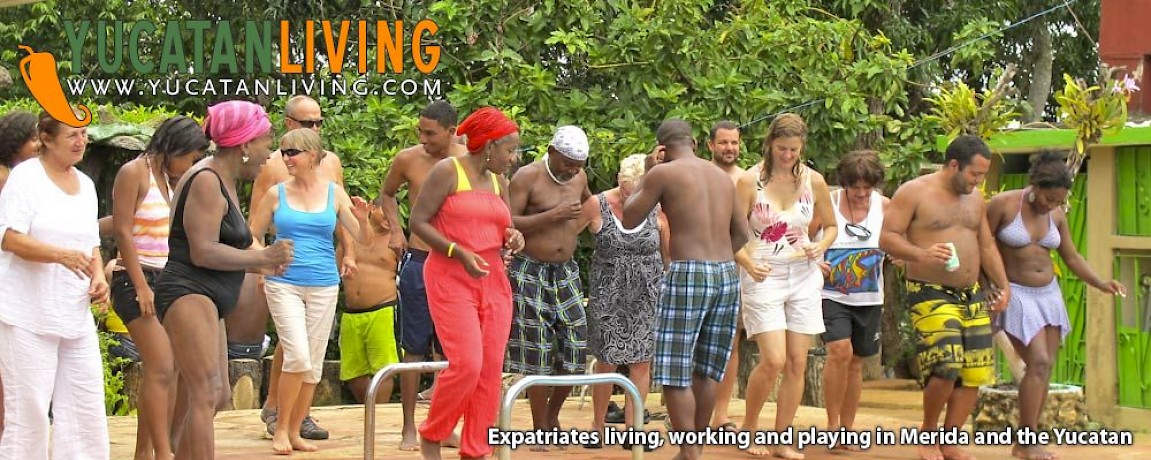

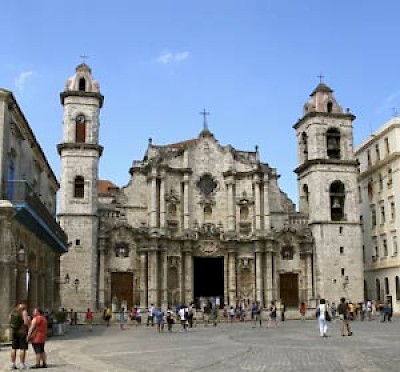
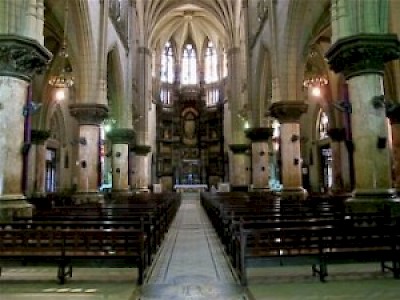
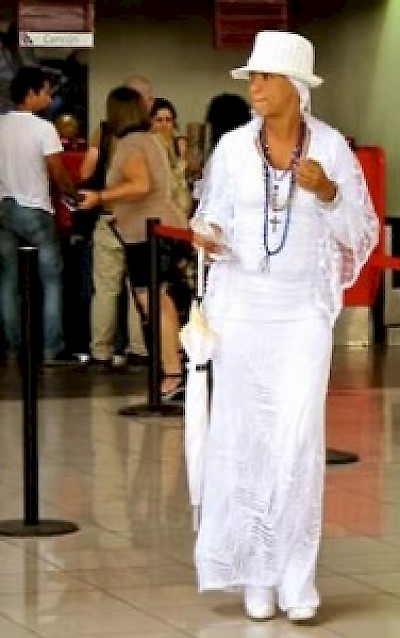
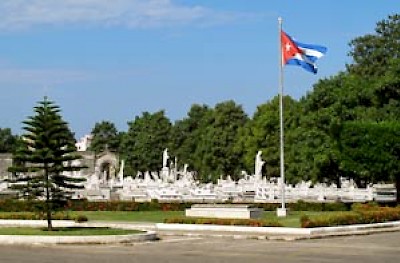
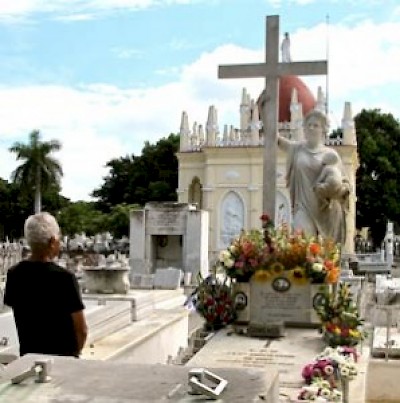
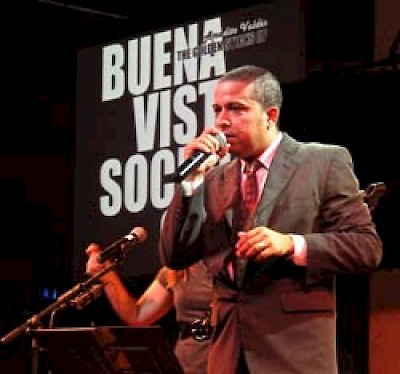
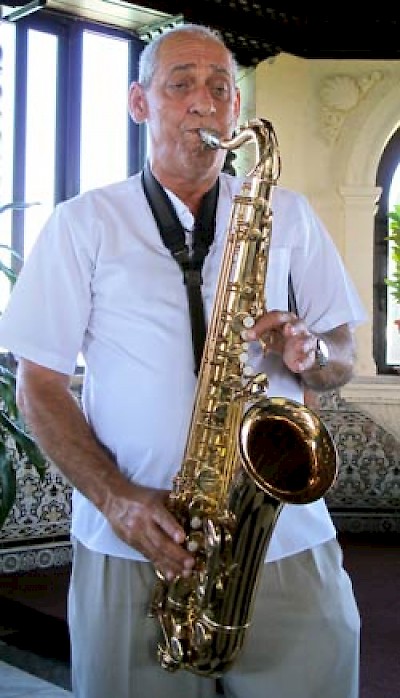
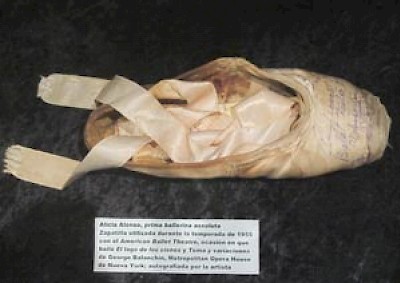


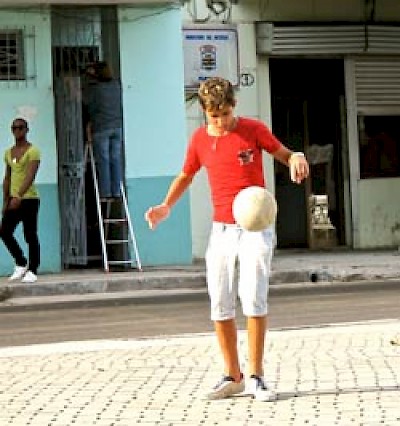

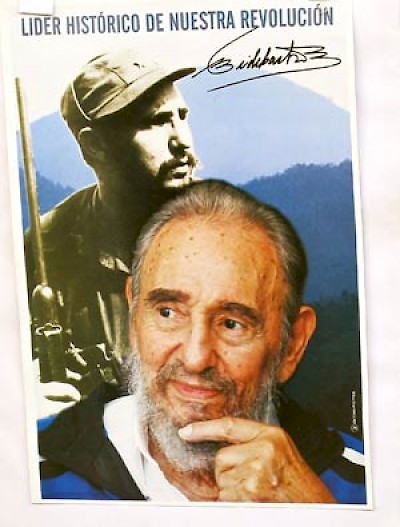


Comments
Paul Wilkins 11 years ago
I don´t find Cuba mysterious. I find it the most open place I´ve ever been in most regards. People tend to be very welcoming - in various ways - and are often very blunt about the message they want to convey.
Reply
(0 to 1 comments)